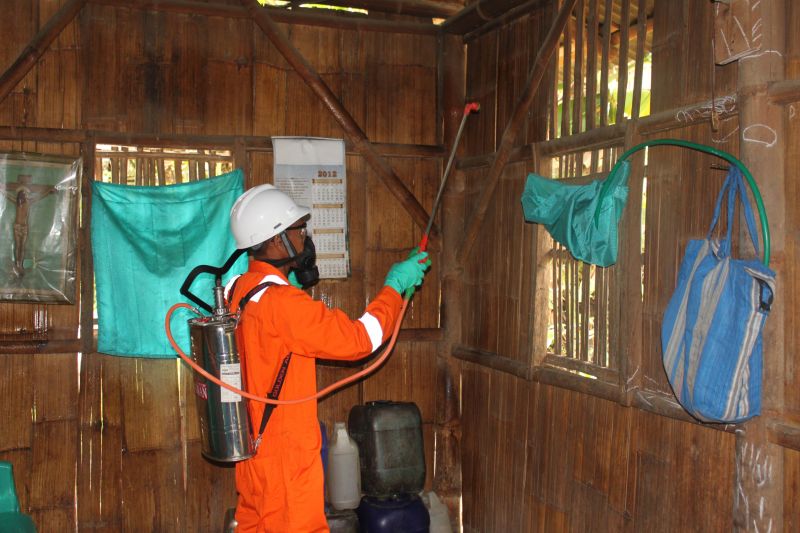
Two of the leading articles in Malaria World this week are promoting the roll out of malaria vaccines. One, Life-saving malaria vaccines reach children in 17 endemic countries in 2024, is from the WHO and the other, Malaria Vaccines: Turning a Scientific Triumph into Millions of Lives Saved, is from the Center for Global Development, a globalist thinktank with offices in Washinton DC and London.
This represents a big ramp up in the promotion of vaccines. I remember hearing years ago, before I took a particular interest in malaria, that a vaccine was difficult because the constant evolution of plasmodia from its sexual reproduction life cycle made it challenging. At the time I still accepted medical establishment conventional view of the usefulness of vaccines and had no reason to question this.
But the COVID19 vaccine changed all that. Health authorities promoted experimental gene therapies for emergency use as vaccines for a variation of the common cold (another illness for which vaccines were always said to be a challenge). This overreach encouraged me and many others to investigate the efficacy of vaccines and the germ theory of disease in general which ultimately led me to investigating the story of the transmission of malaria.
But the success of the COVID19 rollout, which was taken by so many people with no good evidence for safety or efficacy, has encouraged the health authorities and the various NGOs and pharmaceutical companies in the network to promote vaccines for other illnesses without convincing evidence of safety or efficacy. These promotions take place without convincing evidence of efficacy or safety using large government and health authority backed information campaigns. I already highlighted that the R21 vaccine was not tested for safety again a placebo but against a rabies vaccine.
The CGD article by Duncomb et al discusses the cost of the GAVIs plan for vaccinate 52m children by 2030, $1.4 billion. It claims that R21, supplied by the Serum Institute in India, is cheaper than RTS,S (Mosquirix from GlaxoSmithKline), the first vaccine rolled out, at around one third of the cost. The authors claim 75% efficacy against clinical malaria in perennial (i.e. non-seasonal) sites in children aged 5-17 months. The linked pdf references the 2024 Lancet article ‘Safety and efficacy of malaria vaccine candidate R21/Matrix-M in African children: a multicentre, double-blind, randomised, phase 3 trial’ by Datoo et al.
Yes indeed, the same article I already addressed that found that children in Burkina Faso were less likely to get malaria after R21 vaccine that after the Abhayrab rabies vaccine! it was not compared to a placebo.








